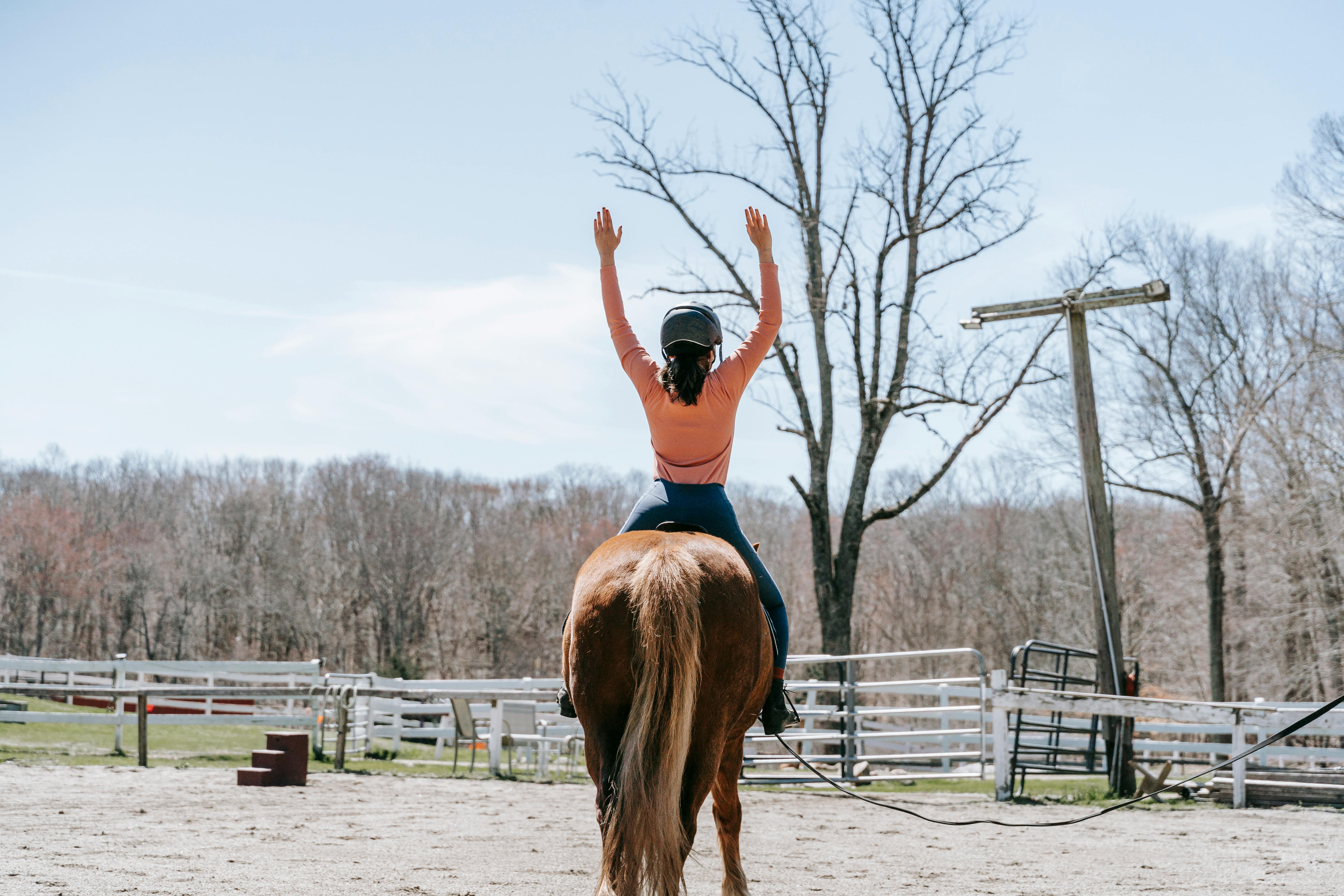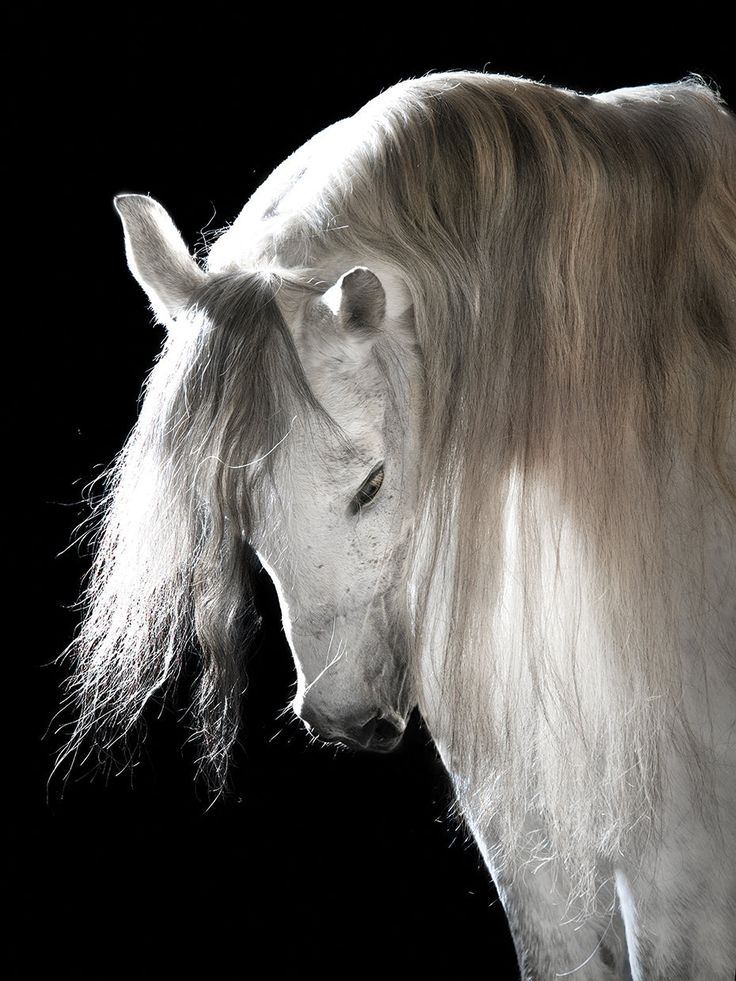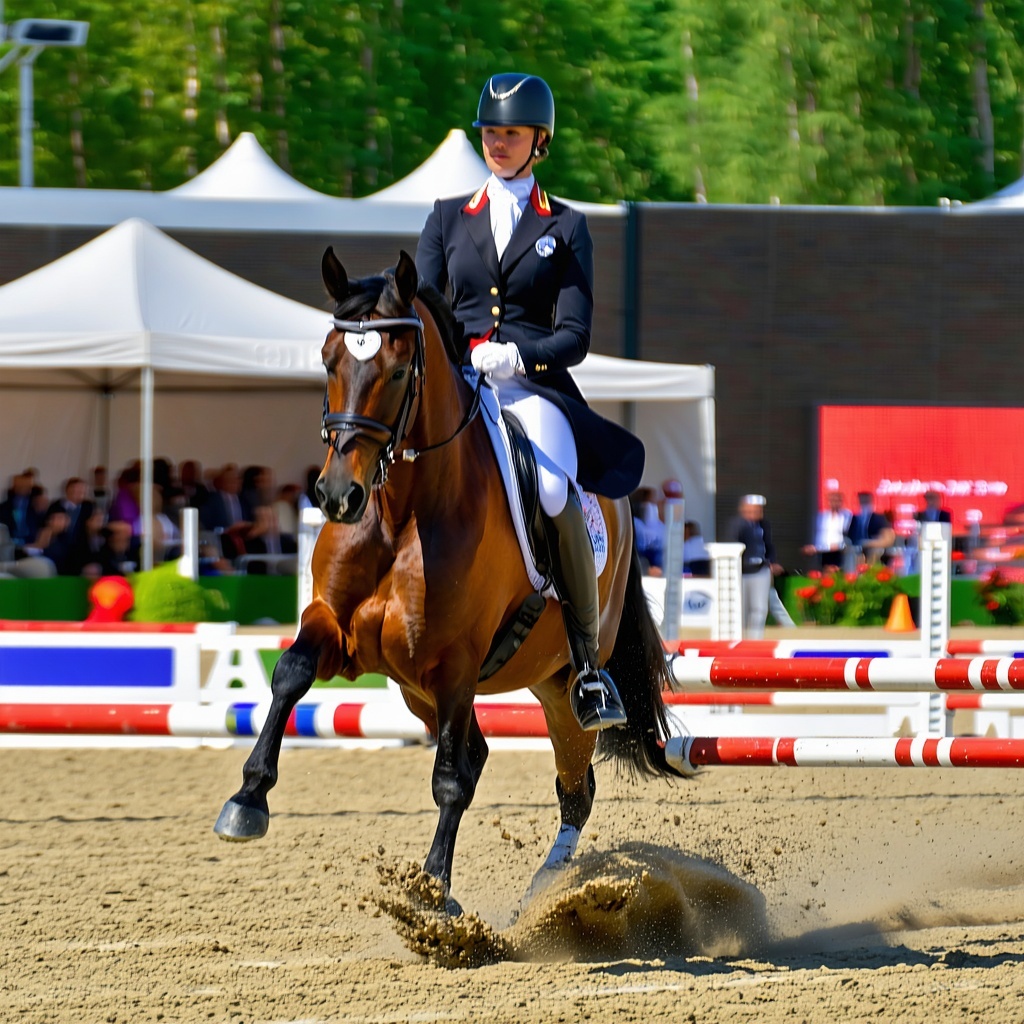The Enduring Legacy: A Historical and Educational Look at Rodeo
Rodeo, with its thunderous hooves, dusty arenas, and breathtaking displays of skill, is more than just a thrilling spectacle. It's a living historical document, a direct descendant of the essential tasks and competitive spirit that shaped the American West. For anyone with an appreciation for horses and the rich tapestry of equestrian culture, understanding rodeo's roots offers a fascinating journey back in time.
The very word "rodeo" itself is a clue to its origins, derived from the Spanish verb "rodear," meaning "to surround" or "round up." Its genesis lies not in entertainment, but in the daily necessities of cattle ranching introduced by Spanish conquistadors and settlers to North America as early as the 16th century. The vaqueros – skilled Mexican ranch hands – perfected the art of horsemanship and cattle handling, techniques that were later adopted and adapted by American cowboys.
Imagine the sprawling, unfenced rangelands of the 18th and 19th c turies. Rounding up wild cattle for branding, doctoring, or moving them to market was a monumental task. Cowboys and vaqueros honed their skills out of sheer necessity: precise roping, expert riding, and the ability to control powerful, untamed animals.
turies. Rounding up wild cattle for branding, doctoring, or moving them to market was a monumental task. Cowboys and vaqueros honed their skills out of sheer necessity: precise roping, expert riding, and the ability to control powerful, untamed animals.
These demanding daily chores naturally led to friendly rivalries. At the end of long cattle drives or during communal roundups, cowboys from different ranches would boast about their prowess. Soon, informal contests sprang up, often on holidays like the Fourth of July, where they'd challenge each other to see who could best ride a "bronco" (an unbroken horse) or rope a calf fastest. These early, impromptu gatherings were the seeds from which modern rodeo grew.
The late 19th century saw these informal contests evolve into formalized public events. Places like Pecos, Texas (1883), and Prescott, Arizona (1888), lay claim to hosting some of the earliest organized rodeos, complete with rules, prizes, and even admission fees. Simultaneously, Wild West Shows, popularized by figures like Buffalo Bill Cody, took cowboy skills to broader audiences, touring across the United States and even into Europe, thrilling spectators with displays of riding, roping, and sharpshooting. While these shows were more exhibition than competition, they undeniably fueled the public's fascination with cowboy culture.
By the early 20th century, rodeo truly began to take shape as a structured sport. The need for standardization led to the formation of governing bodies.  The Rodeo Association of America (RAA) was established in 1929 by rodeo committees to standardize rules and scoring. Later, the cowboys themselves formed organizations like the Cowboys' Turtle Association (CTA) in 1936, which ultimately became the Professional Rodeo Cowboys Association (PRCA) in 1975, the largest professional rodeo organization in the world today. These organizations brought structure, safety guidelines, and a point system that allowed cowboys to compete for world championships.
The Rodeo Association of America (RAA) was established in 1929 by rodeo committees to standardize rules and scoring. Later, the cowboys themselves formed organizations like the Cowboys' Turtle Association (CTA) in 1936, which ultimately became the Professional Rodeo Cowboys Association (PRCA) in 1975, the largest professional rodeo organization in the world today. These organizations brought structure, safety guidelines, and a point system that allowed cowboys to compete for world championships.
Let's look at how today's events directly reflect those historical ranching practices:
-
Saddle Bronc Riding: This challenging event directly descends from the critical task of "breaking" or "gentling" wild or semi-wild horses to be ridden and worked on the ranch. The cowboy must synchronize every move with the horse, demonstrating the balance and skill needed to stay aboard a powerful, bucking animal.
-
Bareback Riding: A raw test of strength and balance, bareback riding highlights the cowboy's ability to stay on an unbroken horse with minimal equipment, echoing the necessity of quick, agile riding in the open range.
-
Tie-Down Roping (Calf Roping): This timed event simulates the ranch chore of catching a calf for branding, doctoring, or sorting. The precision required to rope the running calf, dismount, and tie its legs showcases incredible horsemanship, throwing accuracy, and quick ground work.
-
Team Roping: A testament to teamwork on the ranch, this event involves two riders – a "header" who ropes the steer's horns and a "heeler" who ropes its hind legs. It reflects the cooperative effort often needed to control larger cattle for various tasks.
-
Steer Wrestling (Bulldogging): Invented by African American cowboy Bill Pickett in the early 1900s, this event replicates the daring feat of bringing down a steer. It demonstrates sheer strength and agility, a skill that could be vital when handling a stubborn or dangerous animal alone.
-
Barrel Racing: While sometimes seen as a "women's event,"
 barrel racing showcases exceptional horsemanship, speed, and agility. It's a thrilling display of the horse's athleticism and the rider's ability to navigate tight turns at high speeds, a skill useful for quickly maneuvering through cattle or obstacles on the ranch.
barrel racing showcases exceptional horsemanship, speed, and agility. It's a thrilling display of the horse's athleticism and the rider's ability to navigate tight turns at high speeds, a skill useful for quickly maneuvering through cattle or obstacles on the ranch.
From its pragmatic beginnings on the dusty plains to the electrifying arenas of today, rodeo has evolved into a highly athletic and professional sport. Yet, beneath the lights and the cheers, it remains a profound connection to the American West's pioneering spirit, celebrating the timeless skills, courage, and dedication of the cowboy and the enduring partnership between humans and horses. It's an educational experience woven into an exhilarating show, reminding us of the heritage that shaped a nation.




